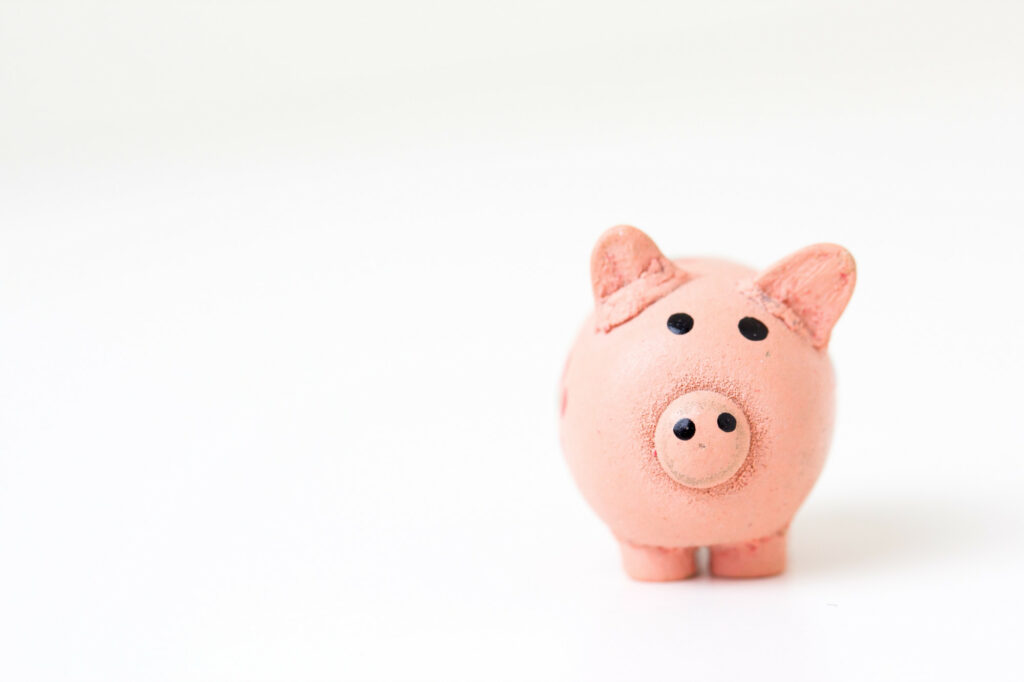Welcome to a world of fun and learning for your 3-year-old! As parents, we know that teaching our children about money from an early age is essential for their financial literacy. Engaging them in enjoyable money activities not only helps develop their counting and sorting skills but also instills important money values. In this article, we will explore a range of exciting and educational activities to introduce your little one to the world of money.
Fun Money Activities for 3-Year-Olds
The Importance of Fun Money Activities for 3-Year-Olds
At the age of 3, children are like sponges, absorbing knowledge and experiences. By incorporating fun money activities into their playtime, you can create a positive association with money from an early age. These activities lay the foundation for developing a healthy understanding of finances and cultivating responsible money habits in the future.

Teaching Basic Concepts of Money
Understanding the Concept of Money
Before diving into the activities, it’s crucial to lay the groundwork for understanding money. Begin by explaining that money is used to buy things and that different coins have different values. Introduce them to common coins, such as pennies, nickels, dimes, and quarters, and explain their values. Reinforce these concepts during the activities to strengthen their understanding.
Introducing Coins and Bills
One of the first steps in teaching money to 3-year-olds is introducing them to coins and bills. Show them different coins and explain their values. Let them touch and explore the different textures, shapes, and colors. Use simple language to describe each coin and show them pictures or examples of what they can buy with each coin.
Counting and Sorting Money
Once your child is familiar with the coins, help them practice counting and sorting. Create a fun sorting game by providing a handful of mixed coins and ask your child to separate them based on their value. Encourage them to count the coins aloud as they sort them into groups. This activity helps develop their counting skills while familiarizing them with different coin denominations.
Pretend Play with Money
Setting Up a Store or Restaurant
Pretend play is an excellent way to engage your 3-year-old in money-related activities. Set up a store or restaurant at home using household items as props. Label the items with price tags and provide play money. Encourage your child to pretend to be the shopkeeper or the customer, allowing them to interact with money in a playful and imaginative way.
Role-playing as a Cashier or Customer
In addition to setting up a store or restaurant, you can take turns playing the role of a cashier or customer with your child. Act out different scenarios where they need to pay for items and receive change. This hands-on experience helps them understand the concept of exchanging money for goods and services.
Craft With Money

DIY Piggy Bank Craft
Materials Needed
Creating a DIY piggy bank is a fantastic craft activity that combines creativity and money education. Gather the following materials:
- Empty plastic bottle
- Construction paper
- Glue
- Scissors
- Markers or crayons
- Stickers or decorative items (optional)
Step-by-Step Instructions
- Start by cleaning and drying the plastic bottle thoroughly.
- Cut a coin slot in the bottle’s top, ensuring it’s wide enough for coins to fit through.
- Decorate the bottle using construction paper, markers, and stickers.
- Encourage your child to draw or write their name on the piggy bank.
- Once the decoration is complete, let the glue dry before using the piggy bank to save money.
Coin Rubbings
Create coin rubbings by placing coins under a piece of paper and using crayons to gently shade over them. This activity helps children recognize the different shapes and sizes of coins while having a tactile experience.
Designing and Coloring Coins
Print out coin templates and let your child design and color their own coins. Encourage them to be creative and give each coin a unique design. This activity combines creativity with coin recognition.
Money Math Games
Counting Coins Game
Engage your child in a counting coins game to enhance their numeracy skills. Take a handful of coins and ask them to count the total value. You can gradually increase the difficulty by introducing more coins or even mixing different denominations.
Counting Piggy Bank Coins
Engage your child in counting the coins in their piggy bank. Encourage them to sort the coins by type and count them, providing an opportunity for them to practice counting and recognizing coin values.
Matching Coins Game
Create a matching coins game by drawing or printing pictures of coins on cards. Place the cards face down and ask your child to find matching pairs of coins. This game improves their visual recognition of coins and their ability to identify the value of each coin.
Money Storytime
Books That Teach About Money
Reading books about money can be a great way to introduce financial concepts to your 3-year-old. Some recommended titles include “The Berenstain Bears’ Trouble with Money” and “Bunny Money.” These books use relatable stories and colorful illustrations to teach children about saving, spending, and the value of money.
Reading and Discussing the Stories
While reading the stories, engage your child in discussions about the characters’ choices and the lessons learned. Encourage them to ask questions and express their thoughts. By relating the stories to their own experiences, they can grasp the underlying money concepts more effectively.
Teaching Money Values
Saving Money in a Piggy Bank
Teaching your child the importance of saving money is a valuable lesson. Encourage them to save a portion of their allowance or any money they receive as gifts in their piggy bank. Explain that saving money over time can help them achieve their goals and buy something special.
Sharing and Donating
Teach your child about sharing and giving back by involving them in small acts of charity. Together, choose a cause or organization to support and let them contribute a portion of their savings. This instills a sense of empathy and teaches them the value of helping others.
Online Money Activities
Interactive Websites and Apps
In today’s digital age, several interactive websites and apps can help reinforce money concepts for 3-year-olds. Look for age-appropriate options that offer games, puzzles, and interactive lessons to make learning about money engaging and entertaining.
Educational Videos
Supplement their learning with educational videos that focus on money-related topics. Platforms like YouTube offer a wide range of child-friendly videos that cover everything from basic money concepts to real-life examples of money management.
Conclusion
Introducing fun money activities for 3-year-olds play a crucial role in their early financial education. By incorporating these activities into their playtime, you can lay a solid foundation for their financial literacy. Whether it’s through pretend play, DIY crafts, math games, or storytime, engaging your child in enjoyable money activities will help them develop valuable skills and a healthy attitude toward money from an early age. Remember to keep the activities enjoyable and age-appropriate, allowing your child to learn and grow while having fun.
FAQs
1. Is it too early to teach money skills to 3-year-olds? No, introducing money skills at an early age helps build a foundation for financial literacy.
2. What are the benefits of teaching money skills to 3-year-olds? Teaching money skills to 3-year-olds helps them develop decision-making, counting, and saving skills, promoting financial independence.
3. How can I make money activities engaging for my 3-year-old? Use interactive and hands-on activities, such as pretend play, games, and puzzles, to make money activities enjoyable for 3-year-olds.
4. Are these activities suitable for older children too? While these activities are specifically designed for 3-year-olds, they can be modified and adjusted to suit the age and abilities of older children as well.
5. How often should I engage my 3-year-old in money activities? Engage your 3-year-old in money activities regularly, but be mindful of their attention span and energy levels. Short and frequent sessions are usually more effective than long, infrequent ones.
